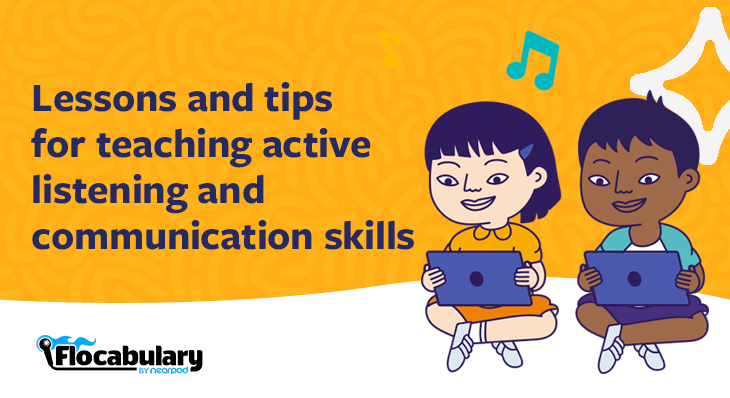
How to teach active listening and communication skills to students
Why is active listening in the classroom important?
Pedagogically speaking, active listening is listening with a purpose. Active listening is foundational to strong communication skills for both educators and students, as they then become meaningful participants in the dialogue, sharing thoughts and ideas and considering one another’s perspectives or opinions. Some refer to active listening as “Triple-A-Listening,” which stands for Attitude, Attention, and Adjustment (Centenary University). Others have framed active listening as an art based on three Rs: Repeat, Reflect, and Respond (Michigan Bar Journal). Regardless of the framing, active listening can be a significant predictor in academic success and can result in increased empathy, stronger trust, and improved interpersonal relationships.
As a teacher, I often lamented to my students that while they might be able to hear, I wasn’t always convinced that they were listening. Active listening strategies for students go beyond simply hearing words that are spoken. There is an intentionality behind making an effort to engage with the speaker, internalize and comprehend the message, and respond for a continued dialogue. Keep reading to explore tips on how to teach active listening and communication skills.
How to improve communication skills for students
Active listening for kids in the classroom is an important developmental skill. Yet teaching communication skills can be a challenge, especially when trying to do so authentically. So, how can teachers improve active listening skills?
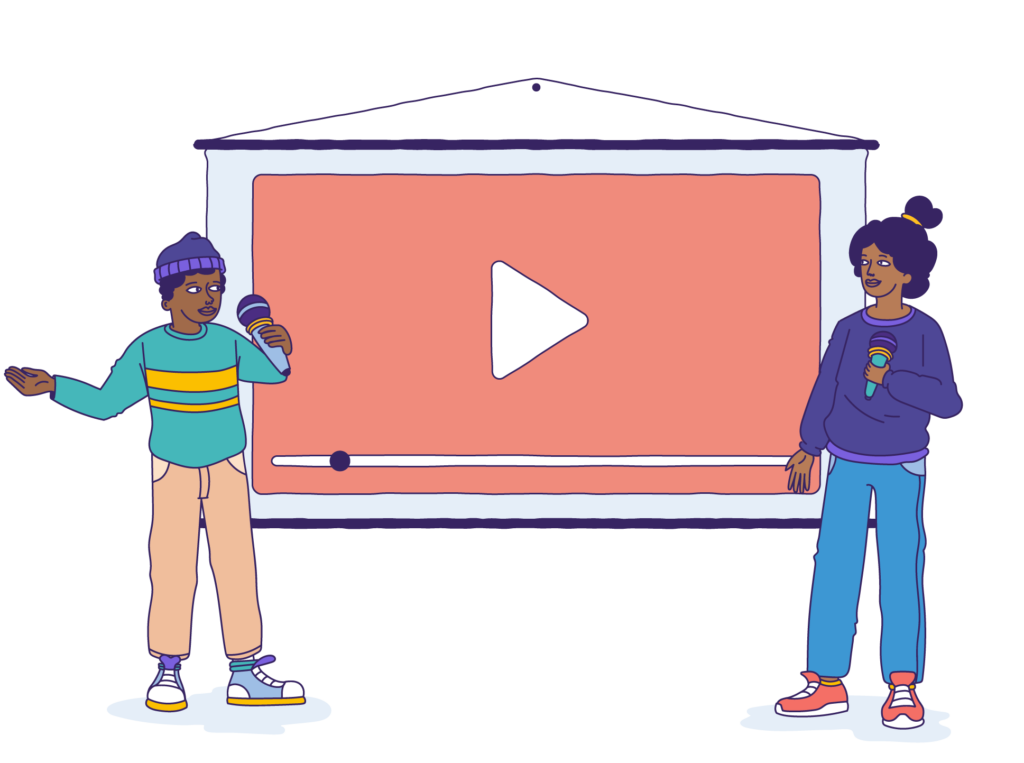
When exploring how to teach active listening to students, look to the 4Cs, which are foundational skills that undergird all grades and all subject areas. P21’s concept of the 4Cs, which you may be familiar with, emphasizes the need for students to master skills in Critical thinking, Creativity, Collaboration, and Communication in order to succeed in the 21st century. Active listening requires all four skills.
Introduce Flocabulary
For more than 20 years now, Flocabulary has utilized hip-hop to teach literacy in a meaningful way. Its rich multimedia experiences are authentically engaging, thereby hooking students and supporting cross-curricular learning goals, such as teaching communication skills. Music can engage us cognitively, behaviorally, and emotionally. Such emotional and personal connections inspire readiness to learn.
“While the importance of teaching with a variety of artifacts or objects is generally recognized, music may not always be the first port of call outside of music classes. But music is not just for musicians and music courses. By expanding the notion of a ‘text’ to include any object that can communicate meaning—as in the literary theory sense of the word—then music can also be treated as an important object of study from a variety of vantage points.”
– Yale Center for Teaching and Learning
Here’s an example of the type of engaging videos you can find on Flocabulary! Flocabulary has a plethora of videos across all subjects and grade levels, each accompanied by assessment activities from the lesson sequence.
With Flocabulary, students are primed to be engaged, poised to be active listeners, and taught how to be effective communicators.
How to teach active listening and improve communication skills in students
1. Model, as you do so well
As with most skills, students often need us to model the expectations we hope them to meet. When it comes to communication activities for students, showcase how body language and verbal acknowledgments support and strengthen clear communication in the classroom for the speaker and the listener. When it comes to non-verbal cues, kids often need to be reminded just how expressive they can be without saying a single word. Students in younger grades sometimes practice facial expressions in the mirror so they can literally see what they look like when they might feel a particular emotion (which is key to developing self-regulation). They begin to understand how non-verbal communication and cues can provide a sense of connection and engagement between those communicating. Subtle signs of attentiveness, such as constant eye contact, underscore that we care to listen to what the other is saying. Then, model how to pair that body language with verbal cues such as backchanneling (“uh-huh,” “right”), verbal acknowledgments (“I see …,” “Tell me more …”), or reflective listening techniques (repeating back or paraphrasing).
Flocabulary’s rich library of 1300+ videos has several video lessons across the grades that address effective communication in the classroom. Consider how to showcase these videos to underscore the value of active listening exercises for students at the beginning of the school year. Then, share the videos as a reminder for students to watch them at home throughout the year, as a way to help educate the whole child.
Flocabulary lessons
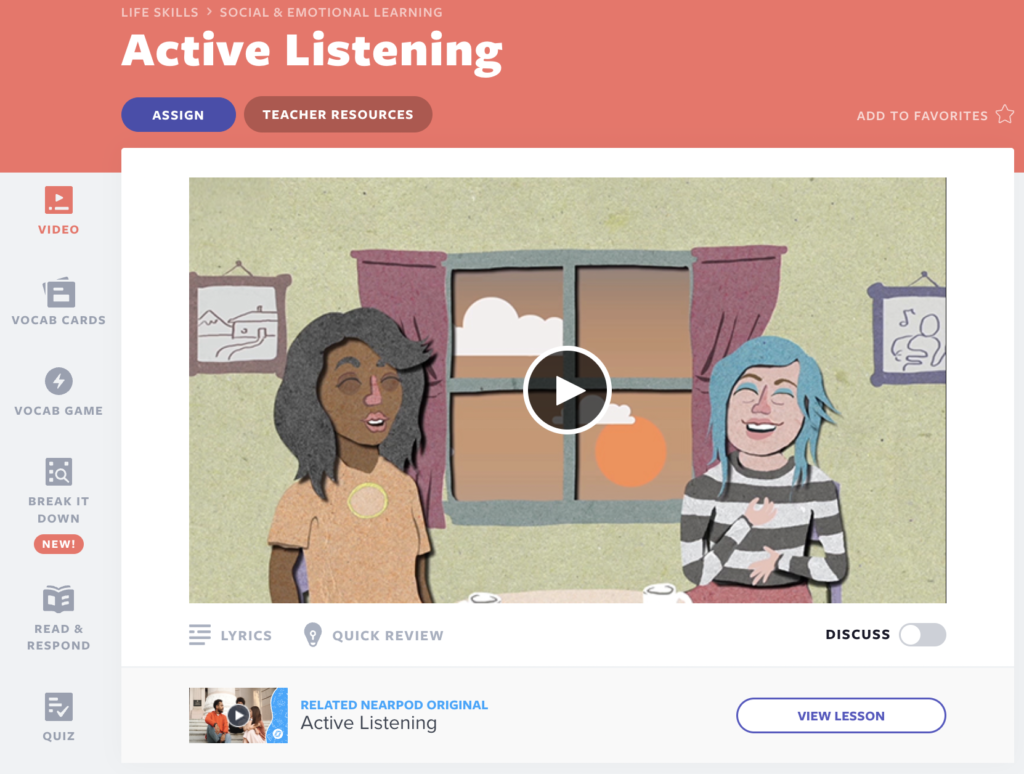
- Active Listening (Grades 3-5): Listening is more than just hearing! In this one-minute video, students learn about active listening. A host explains what active listening looks like, and students consider the steps they can take to show speakers they are listening.
- Active Listening (Grades 4-8): Active listening doesn’t mean just letting someone else talk. It means participating in what they are saying and being an active part of the conversation. How do you do that? Check out this song and find out.
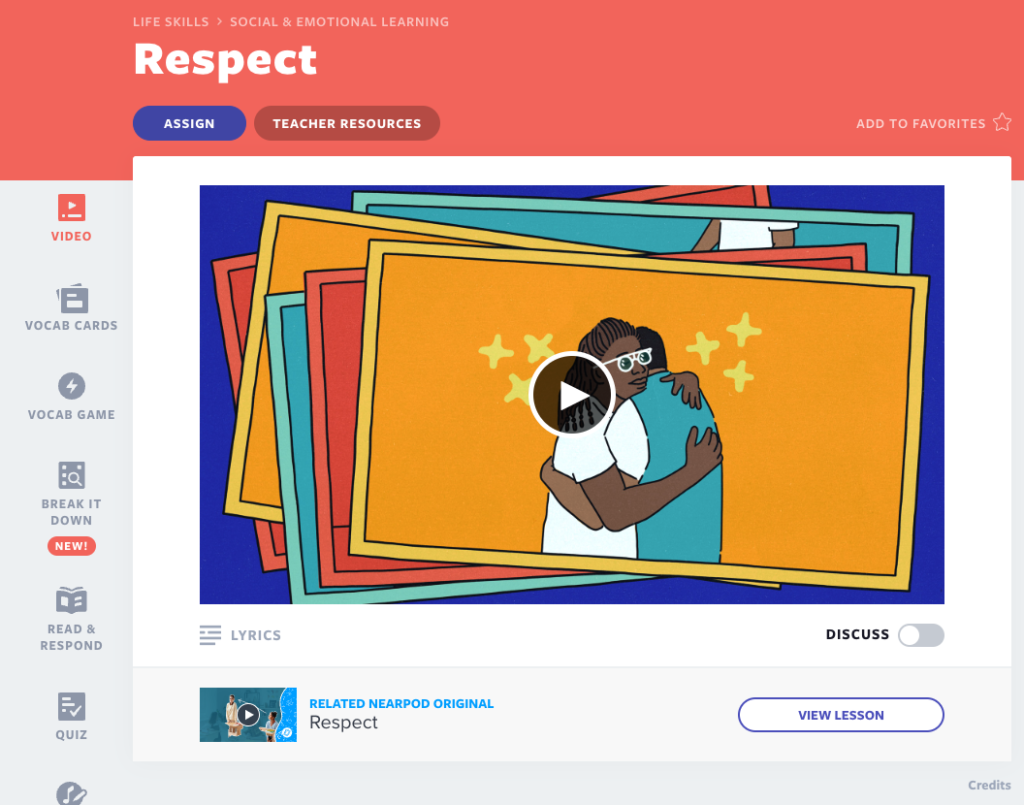
- Respect (Grades K-3): How can we treat others with kindness and care? In this one-minute video, students learn about respect. A host explains ways to show others that we respect them, and students consider what respect means to them.
- Respect (Grades K-5): This lesson is all about what respect is, why it’s important, and how we can show it. Students will learn specific ways they can demonstrate respect for their family, friends, classmates, neighbors, and other members of their community.
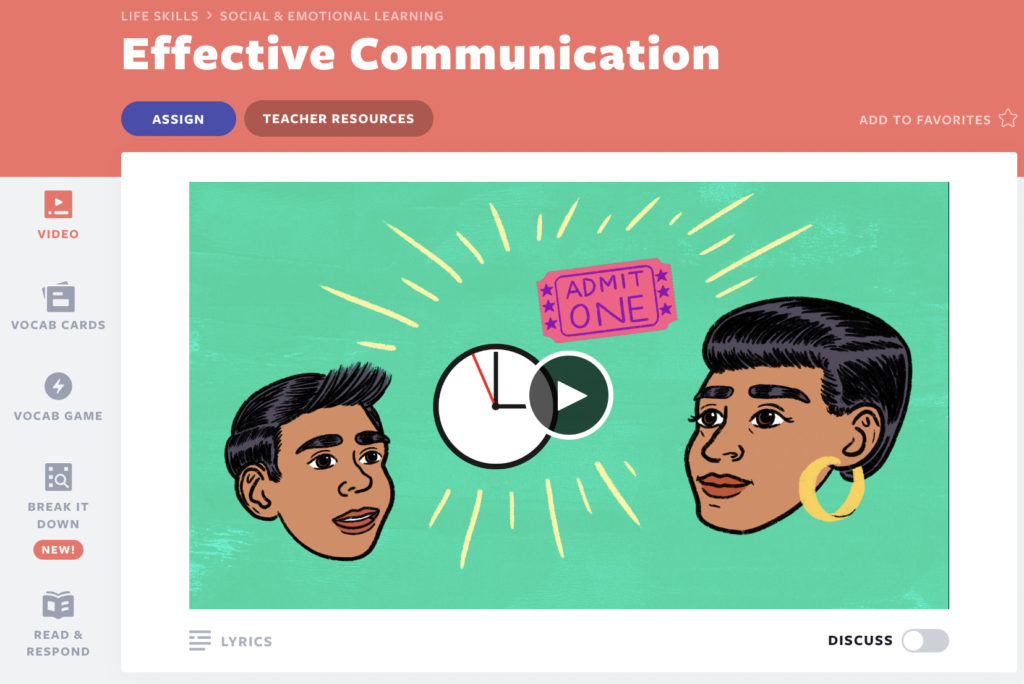
- Effective Communication (Grades 3-8): In this lesson, students will explore the most effective ways to communicate thoughts and feelings. They will learn the differences between passive, aggressive, passive-aggressive, and assertive communication styles.
- Public Speaking (Grades 4-12): This song gives students tips and tricks for public speaking, including practicing, speaking clearly, and making eye contact.
*To access Nearpod Originals, you must have a Flocabulary Plus school or district license. Get in touch with us to learn more about Flocabulary Plus.
2. Invite language play
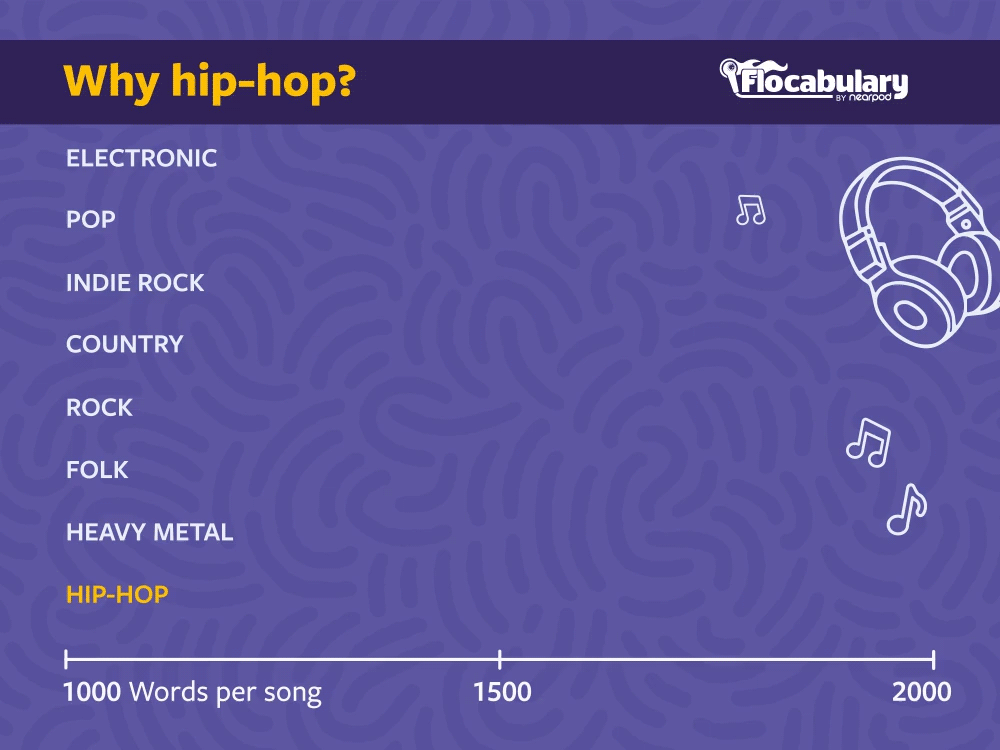
Find resources that invite students to “play” with language as part of their literacy journey—for both reading and writing. Students will need to employ active listening strategies to best understand the nuances of the English language. Students can experiment with elements such as drumming out rhythms or creating nonsense rhymes. At the same time, they can begin to build their vocabulary development and acquisition; vocabulary is a lynchpin in meaningful discourse. This pairing of fun with rigor is a lofty goal in education, but one Flocabulary achieves quite well.
Flocabulary leans on rhythm and rhyme in its storytelling. The artistry behind how hip-hop is used to convey stories and impart information is masterful. Students are steeped in academic Tier 2 and Tier 3 vocabulary through captivating lyrics and music. Fun fact: On average, rap music uses two to three times more words per song than other music genres, making it the perfect tool for vocabulary instruction. Vocabulary is one of the 10 components of literacy according to the Science of Reading (SOR). Classrooms can play with language by using the Vocab Cards and Vocab Games. Plus, each video-based lesson challenges students’ comprehension.
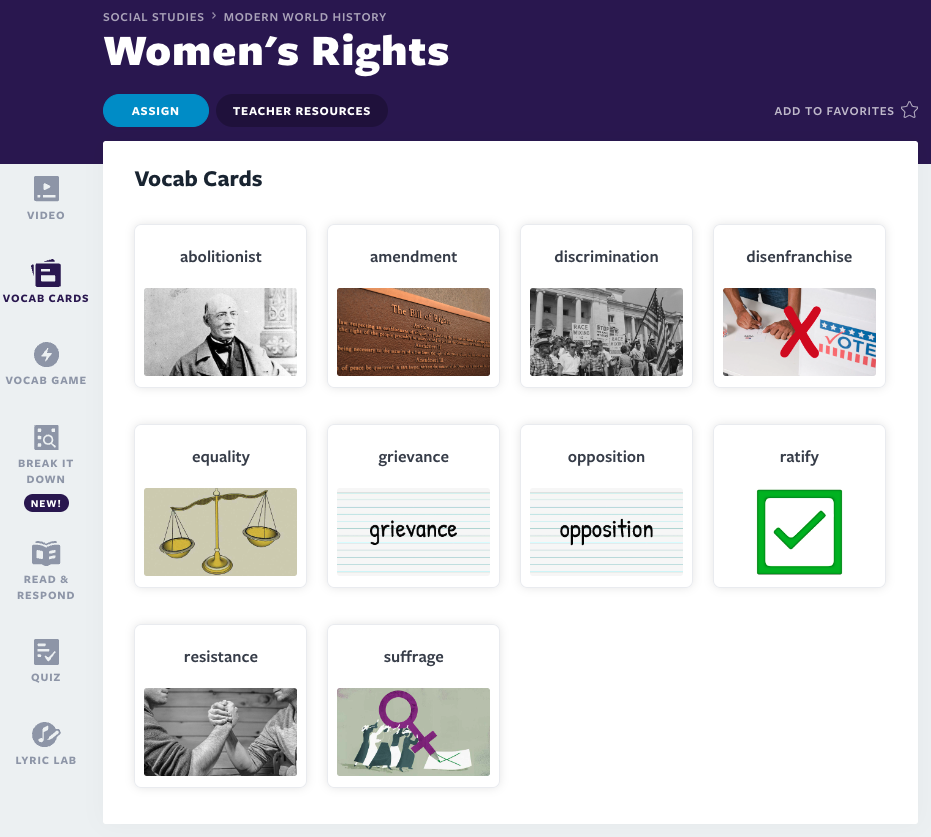
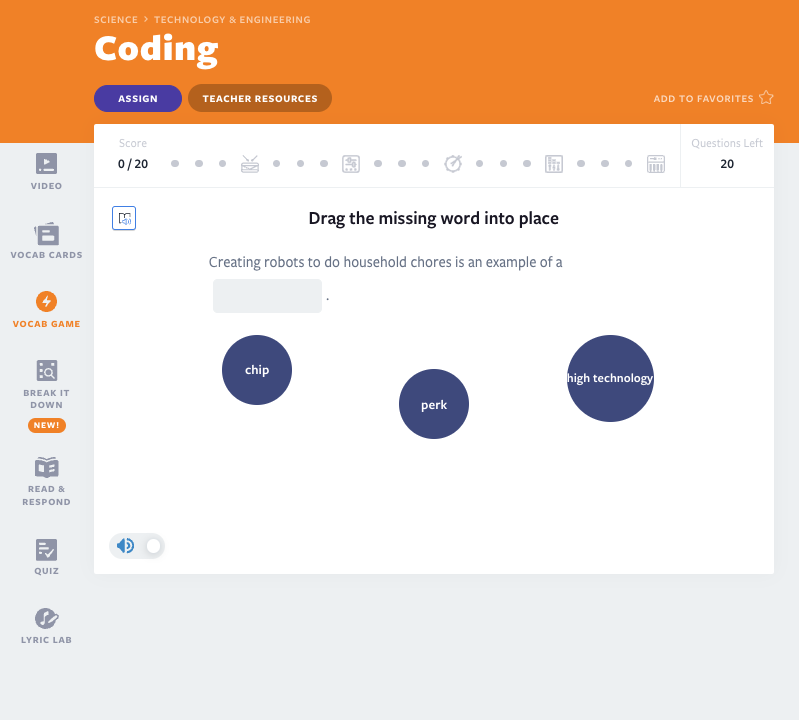
3. Read aloud … often
A fundamental way to encourage a love of reading and support reading comprehension is to read aloud to children. We often hear PSAs touting the need for parents to read nightly to their young children, to help develop fundamental literacy skills. This nightly ritual also promotes active listening techniques, since children need to focus in order to comprehend the details of the story arc. As a teacher, you probably read aloud daily, whether from fiction or non-fiction texts. Nowadays, students of all ages also enjoy audiobooks, captivated by the spoken words and hooked by their active imaginations (while not being limited by emergent reading skills). Reading aloud also encourages inquiry-based learning, as students will be eager to ask clarifying questions, reflect on their understanding, and share their thoughts. Additionally, to foster effective communication, a teacher must create a safe environment where both the teacher and student can pay attention to each other.
Flocabulary supports comprehension skills across K-12 subjects by creating an impactful and memorable learning experience with its high-quality videos. After listening to and watching one of the multimedia lesson videos, students can engage in instructional activities that provide additional practice and exposure at varying levels of rigor to scaffold instruction. The interactive activities such as Break It Down and Read & Respond encourage students to challenge their active listening skills and their higher-order thinking skills, so they move beyond the basic levels of remembering and understanding and reach for more sophisticated skills such as analyzing and evaluating.
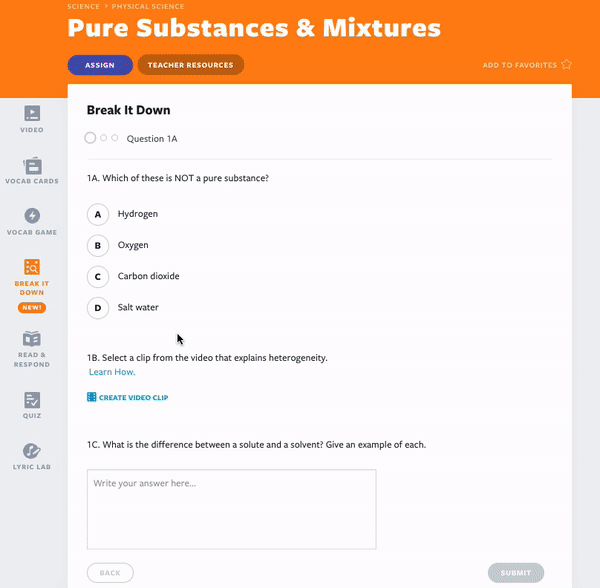
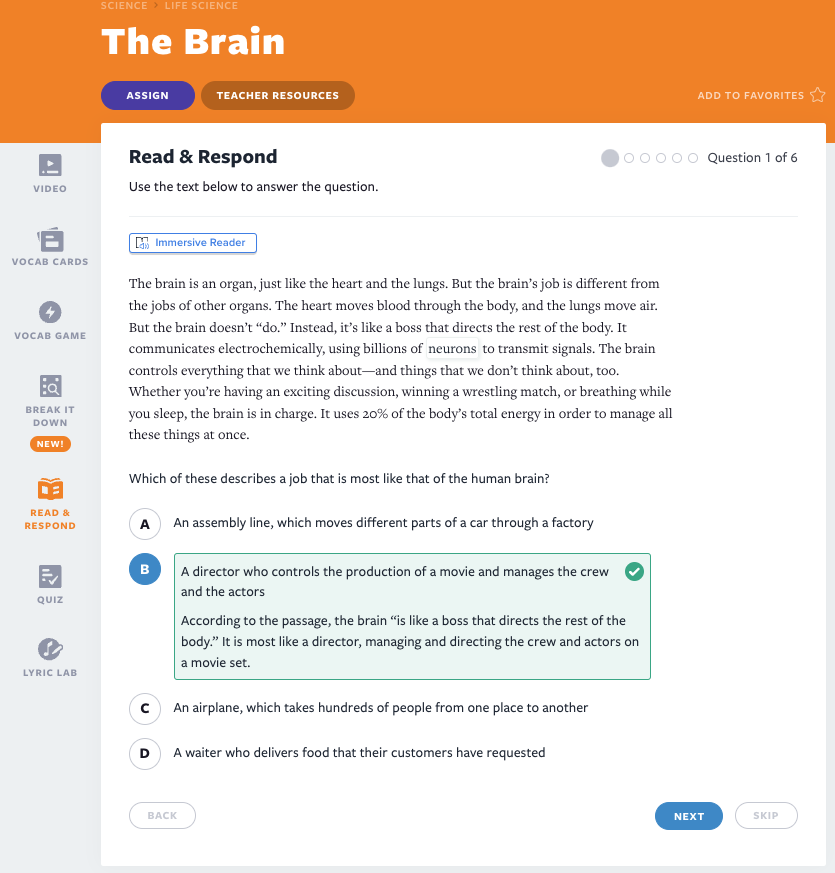
4. Ask higher-order questions
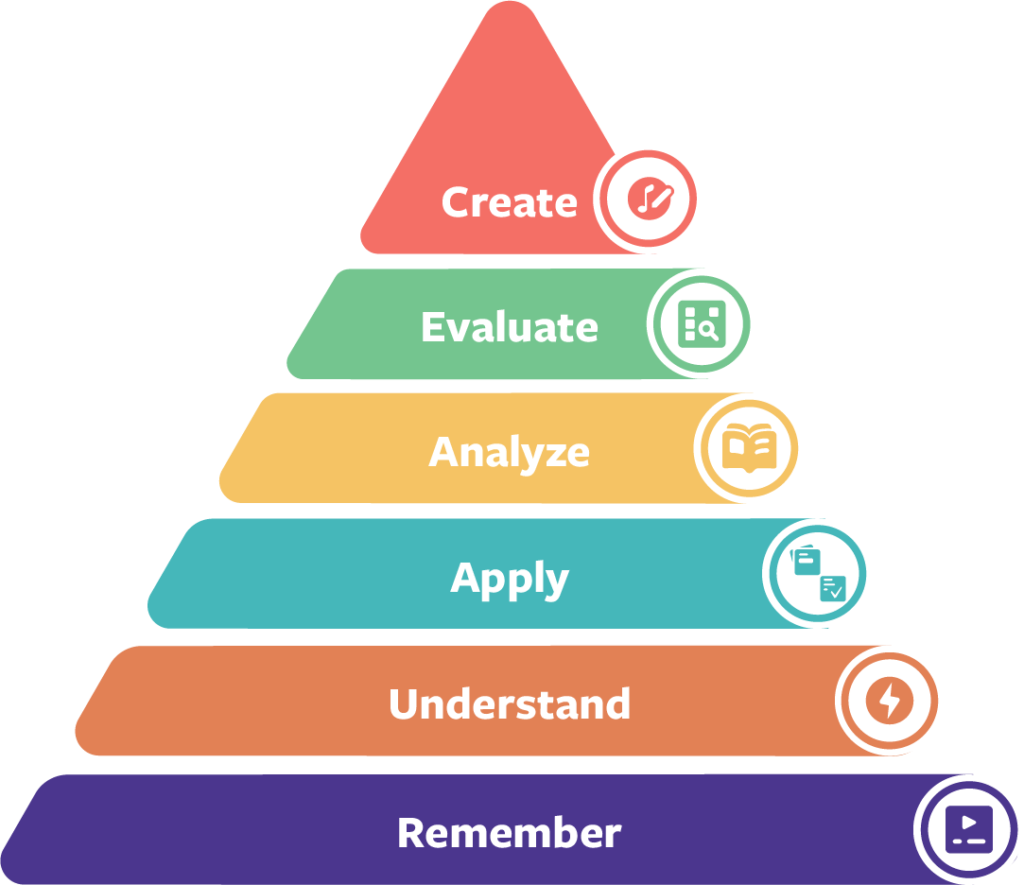
As educators, we must craft our questioning techniques accordingly to elicit students’ more thoughtful and personalized responses. Bloom’s Taxonomy provides a framework to “ladder up” students’ critical thinking skills. Such questioning promotes meaningful classroom conversations, where the students listen not only to the teacher but to one another. Considering others’ perspectives and opinions is crucial to developing an open mind and a growth mindset. These active learning strategies then lead to deeper learning when learning how to teach active listening.
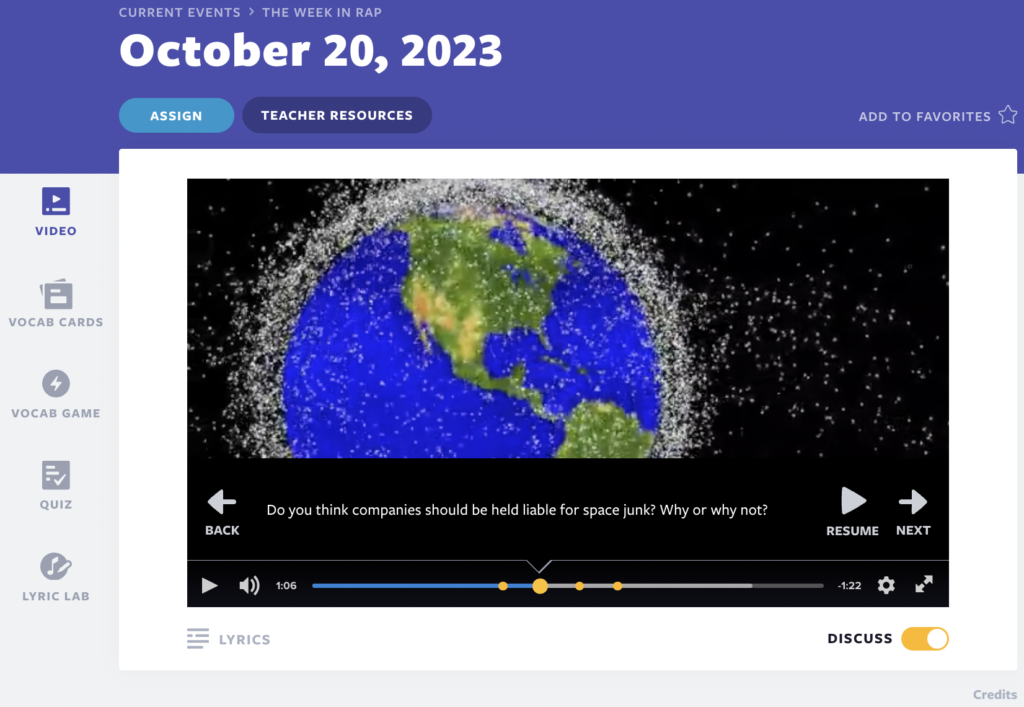
Flocabulary methodology speaks to each of Bloom’s tiers. Each video lesson’s Discuss Mode can encourage whole classes or small groups of students to pause and chat as they view a lesson video, encouraging questioning and reflection. As a class, you can engage in repeat viewing, too, so that students have time and space to digest the video’s content and then unpack it. They can move beyond rote memorization or basic understanding and challenge themselves to explain their thinking in their own words.
5. Encourage attentiveness
When it comes to focus, we know that students of all ages can struggle for a variety of reasons. Yet, there are tricks and tips that can help increase student engagement, from making sure that they are aptly motivated to giving them an opportunity to have student choice and voice. Much of engagement comes down to whether or not a student feels that they have a sense of agency and are invested in what they are learning. Such ownership can translate into increased engagement—and hence, active listening.
Flocabulary puts learners in the driver’s seat of their own learning experiences by offering a wide library of content to appeal to their interests. Plus, the videos are memorable and appealing since they use visual art, storytelling, and hip-hop music to teach skills. Flocabulary offers tools such as Microsoft’s Immersive Reader, which has a Focus Mode to minimize distractions and enhance concentration. The videos’ rich and dynamic content provides many conversation points that promote continued conversations and dialogue, all of which will continue to improve students’ communication skills.
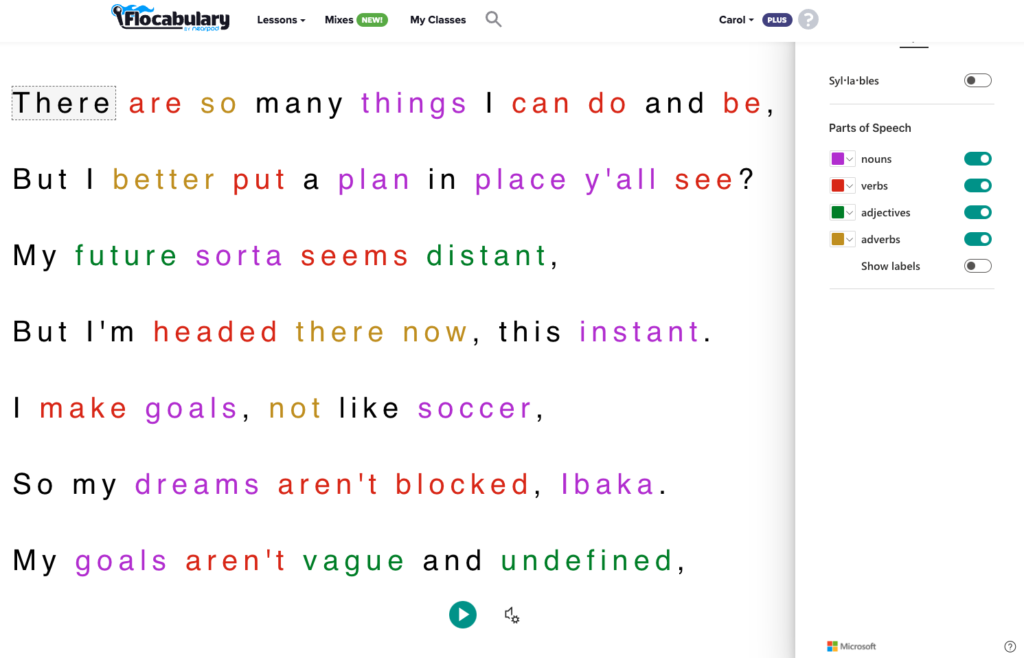
6. Provide opportunities for student voice
One way to reinforce deeper learning is to give students a platform to share their own ideas and perspectives. In the writing cycle, this last step is publishing; in authentic assessment, it may be a performance. Teachers know how best to celebrate both the small and the large wins when it comes to marking students’ progress. When teaching communication skills and providing student voice opportunities, students begin to recognize and appreciate others’ contributions in addition to their own. And they realize that good communication can take many forms: written, spoken, visual, performance-based, and more.
Flocabulary’s Lyric Lab is a unique feature where students can test their knowledge while channeling their creative expression. They can showcase their vocabulary acquisition while developing their writing skills as they write rap songs using hip-hop instrumentals. Lyric Lab combines the allure of project-based learning, cultural responsiveness, and the use of music in the classroom. Thus, students are more invested, engaged, and motivated when it comes to learning. Whether you engage in Lyric Lab as a whole class or suggest it as an individualized activity, students will be active listeners when it comes to sharing their maximum opus.
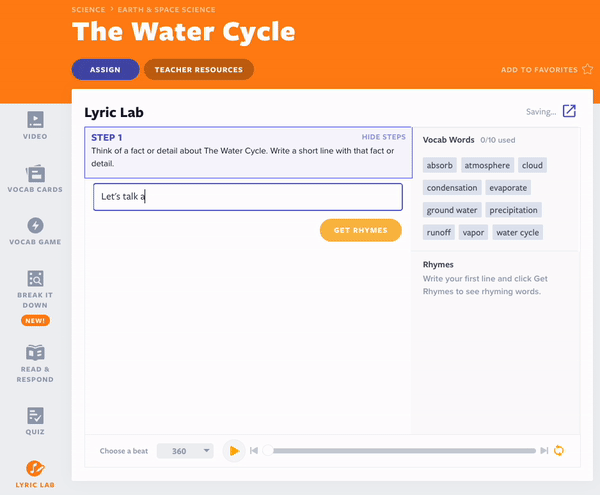
Start using Flocabulary to teach across the curriculum
Active listening is a skill that even we adults can struggle with—it is a skill we can improve upon throughout our lives. As teachers, many of us, knowingly or not, subscribe to “a pedagogy of listening” (Rinaldi, 2001, based on Reggio Emilia), as our ears are always to the ground looking for ways to better support others. So there are definitely steps we can take to model and provide practice so that our students similarly become active, empathetic listeners in order to be more effective communicators. Active listening sets a foundation for positive interactions, impacts social, emotional, and academic development, and fosters lifelong communication skills.
